Comic books and cartoon characters began to be used to provide information and propaganda about nuclear weapons and energy in the 1940s. Items in the exhibition include True Comics #47 (1946), Bert the Turtle Says Duck and Cover (1951), The Mighty Atom, Starring Reddy Kilowatt (1959), and The H-Bomb and You (1955). (Photo: National Museum of Nuclear Science and History)
For many of us, the toys of our childhood leave indelible marks on our consciousness, affecting our long-term perceptions and attitudes about certain things. Hot Wheels may inspire a lifelong fascination with fast, flashy automobiles, while Barbies might shape ideas about beauty and self-image. For the generation who grew up during the Atomic Age—the post–World War II era from roughly the mid-1940s to the early 1960s—the toys, games, and entertainment of their childhoods might have included things like atomic pistols, atomic trains, rings with tiny amounts of radioactive elements, and comic books, puzzles, and music about nuclear weapons.
Josh Everett, a diver with UCC UK Ltd., enters bay No. 11 of Sellafield’s Pile Fuel Storage Pond in December 2022, the first time in over 60 years a diver has entered the legacy pond, used to store a variety of spent nuclear fuel types and wastes. During this commissioning nuclear dive, Everett’s underwater tasks included emergency diver extraction trial confirmation, radiation monitoring system verification, and radiation contact meter commissioning. (Photos courtesy of Sellafield Ltd.)
The last time a human entered the Pile Fuel Storage Pond at the Sellafield nuclear site in Cumbria, England, was in 1958, when records show a maintenance operator and health physics monitor carried out a dive into the newly constructed pond to repair a broken winch. At least that was true until December 2022, when Josh Everett, a diver from the U.K. specialist nuclear diving team Underwater Construction Corporation (UCC) UK Ltd., became the first person in more than 60 years to work in one of the most unique workplaces in the world.
Three of the USGS's critical minerals: (Left to right) A piece of native copper recovered by dissolution of the host rock (Photo: Jonathan Zander); A sample of praseodymium in a vial of argon (Photo: Jurii/Wikimedia Commons); A billet of high-enriched uranium that was recovered from scrap processed at the DOE’s Y-12 National Security Complex in Oak Ridge, Tenn (Photo: DOE).
Last year, the U.S. Geological Survey (USGS) released its 2022 list of 50 minerals that are essential to the function of our society, especially the economy and national security. Whether it’s indium for LCD screens and aircraft wind shielding, cobalt for iPhones, uranium for nuclear reactors and munitions, rare earth elements for wind turbine magnets, lithium for rechargeable batteries, or tantalum for electronic components, if we do not have an ample supply, bad things will happen.
March 1, 2021, 3:01PMUpdated August 25, 2023, 3:21PMNuclear NewsJohn Fabian The Fukushima Daiichi nuclear power station site. Image: Courtesy of TEPCO.
Earlier this week, Japan announced its intention to move ahead with its plan to discharge re-treated, diluted tritiated wastewater from the damaged Fukushima Daiichi Nuclear Power Plant into the ocean. This plan has been a topic of discussion--and for many a source of contention--since 2013. After a decade of talks, and with the endorsement of nuclear scientists, experts, and organizations around the globe, the time has come to act. By following safety standards in place and endorsed by the IAEA, the release of wastewater will pose no threat to the public or the environment.
The article below was originally published in the March 2021 issue of Nuclear News. (Also included in that issue is a great review article from Lake Barrett outlining the current status of the decontamination and decommissioning going on at Fukushima .) That month marked 10 years since the Tōhoku earthquake and tsunami devastated Japan and crippled the Fukushima plant. The words that follow remain timely, since various news outlets continue to report on the dangers of Fukushima's wastewater without providing context to the Japanese plan to discharge it.
A reactor operator at MURR works with a sample can from the reactor pool. (Photo: University of Missouri)
On April 10, the University of Missouri (MU) took its first formal step toward building NextGen MURR when school officials issued the request for qualifications for the project. The RFQ is a solicitation for interested companies to offer the design, engineering, licensing, environmental, and developmental services that are needed for NextGen MURR, planned to be larger and more capable than the school’s existing University of Missouri Research Reactor (MURR)—which itself has been the most powerful research reactor and most intense neutron source on any U.S. campus since it began operating in 1966.
PCAT is prepared for transport from INL to Pennsylvania for testing. (Photo: INL)
As global concerns about climate change and energy sustainability intensify, the need for cleaner and more efficient energy sources is more critical than ever. Nuclear power consistently emerges as an important part of the solution, driving the development of innovative technologies. While numerous fission technologies were built and proven in the early days of nuclear energy, times and regulations have changed. Between the 1950s and mid-1970s, Idaho National Laboratory built 52 reactors—then paused for five decades. Can this nation return to the frontier once again, embarking on new fission technologies? With a mature regulatory environment and increasing public support, how quickly can a new non–light water system be deployed in modern times?
The National Reactor Testing Station (Photo: DOE)
Gas-cooled reactors have roots that reach way back to the development of early experimental reactors in the United States and Europe. In the United States, early experimental reactors at Oak Ridge and Brookhaven National Laboratories were air-cooled, as were early production reactors known as the “Windscale Piles” in the United Kingdom. Dragon, also located in the United Kingdon and operational from 1965 to 1976, used helium as the coolant and graphite as the moderator.


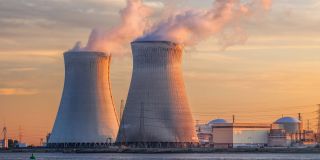
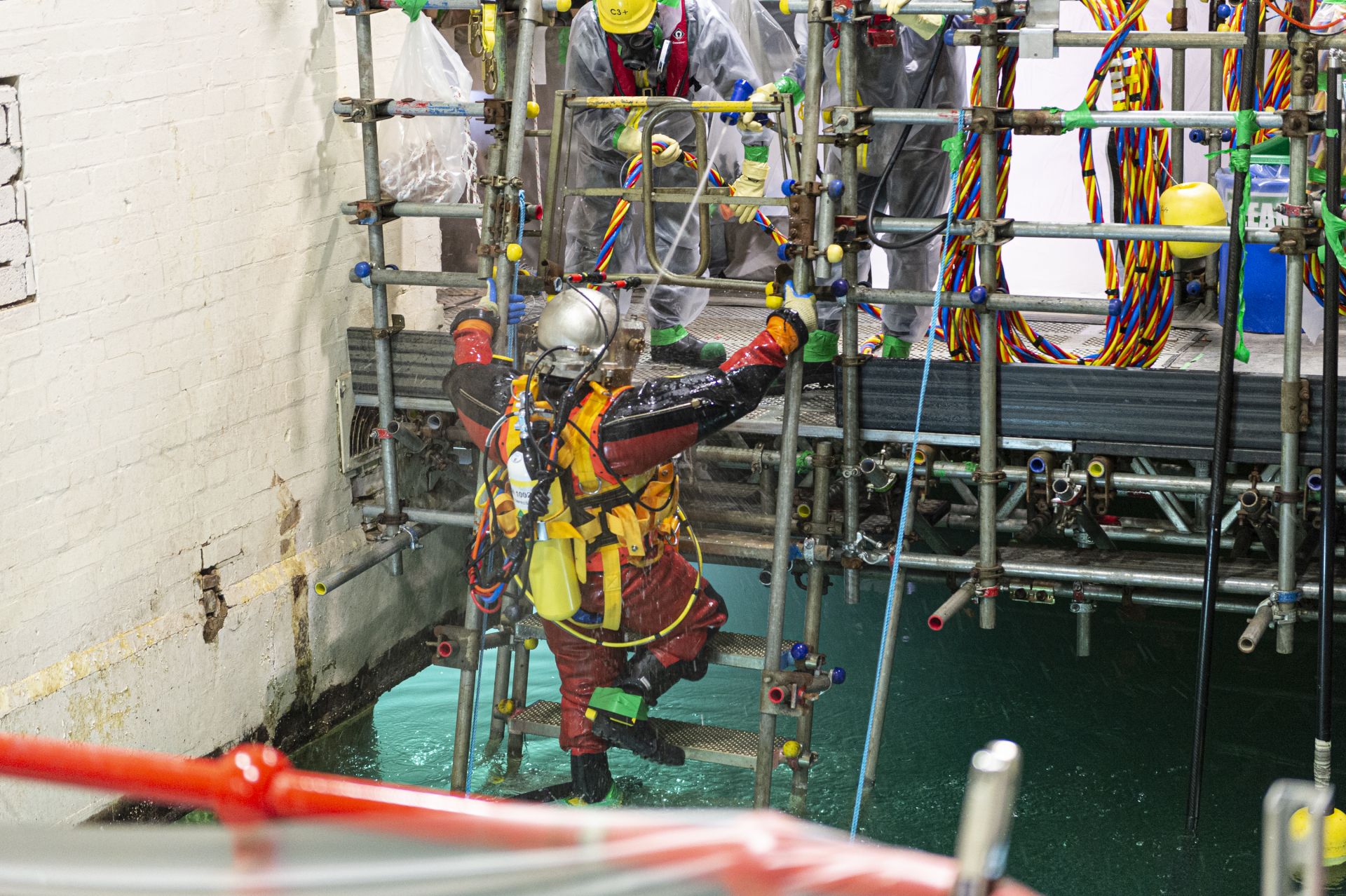



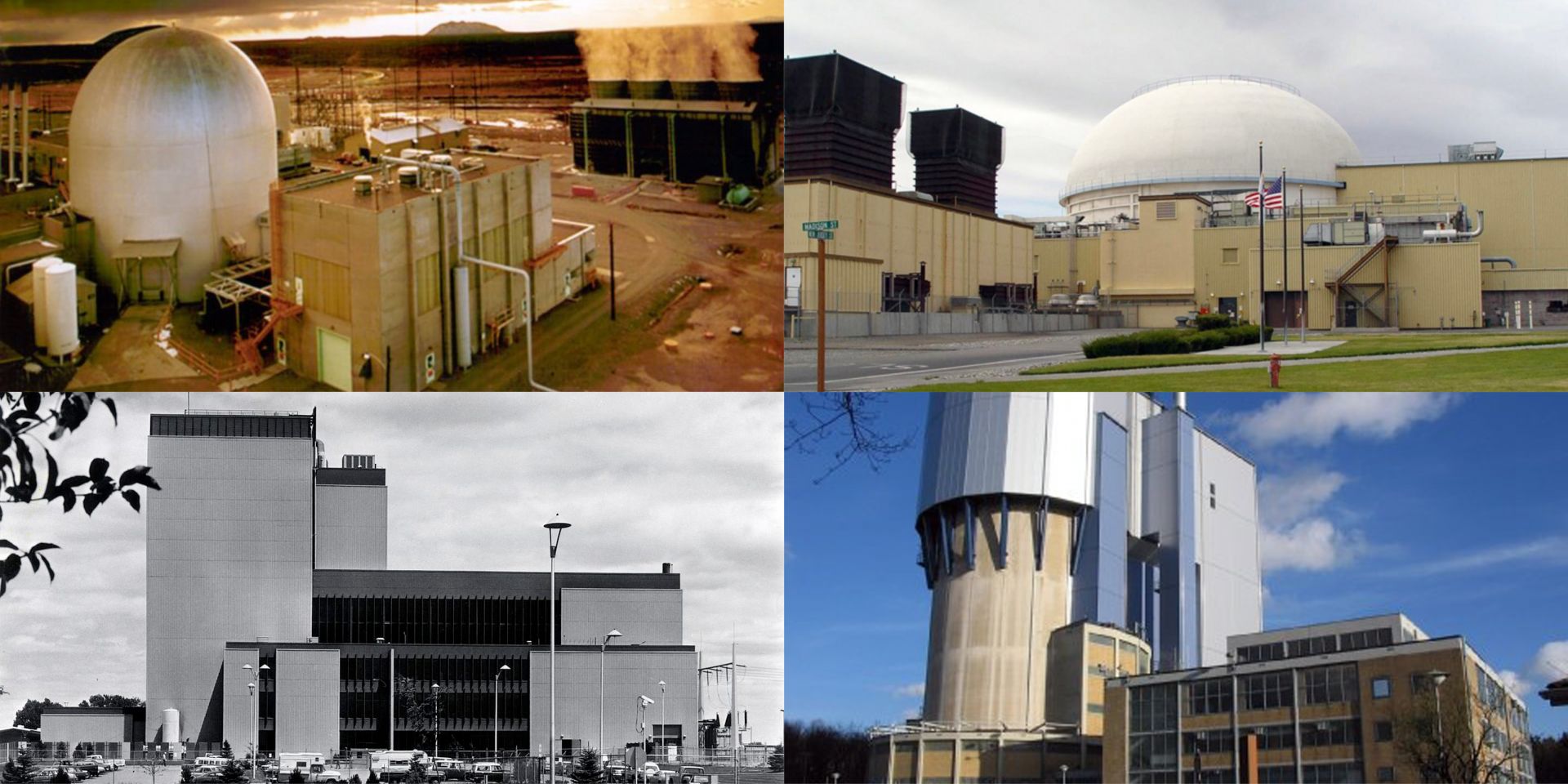



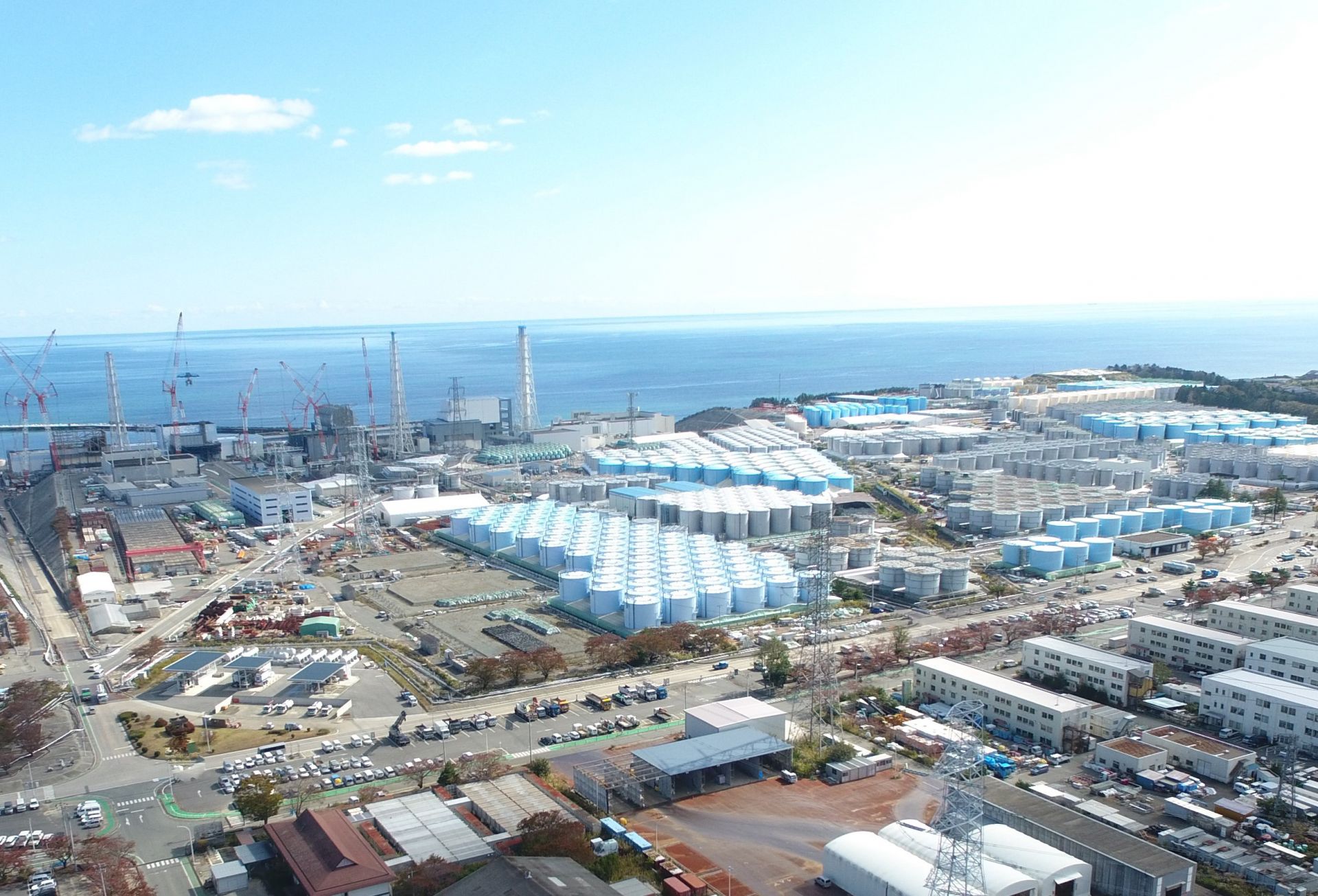.jpg)




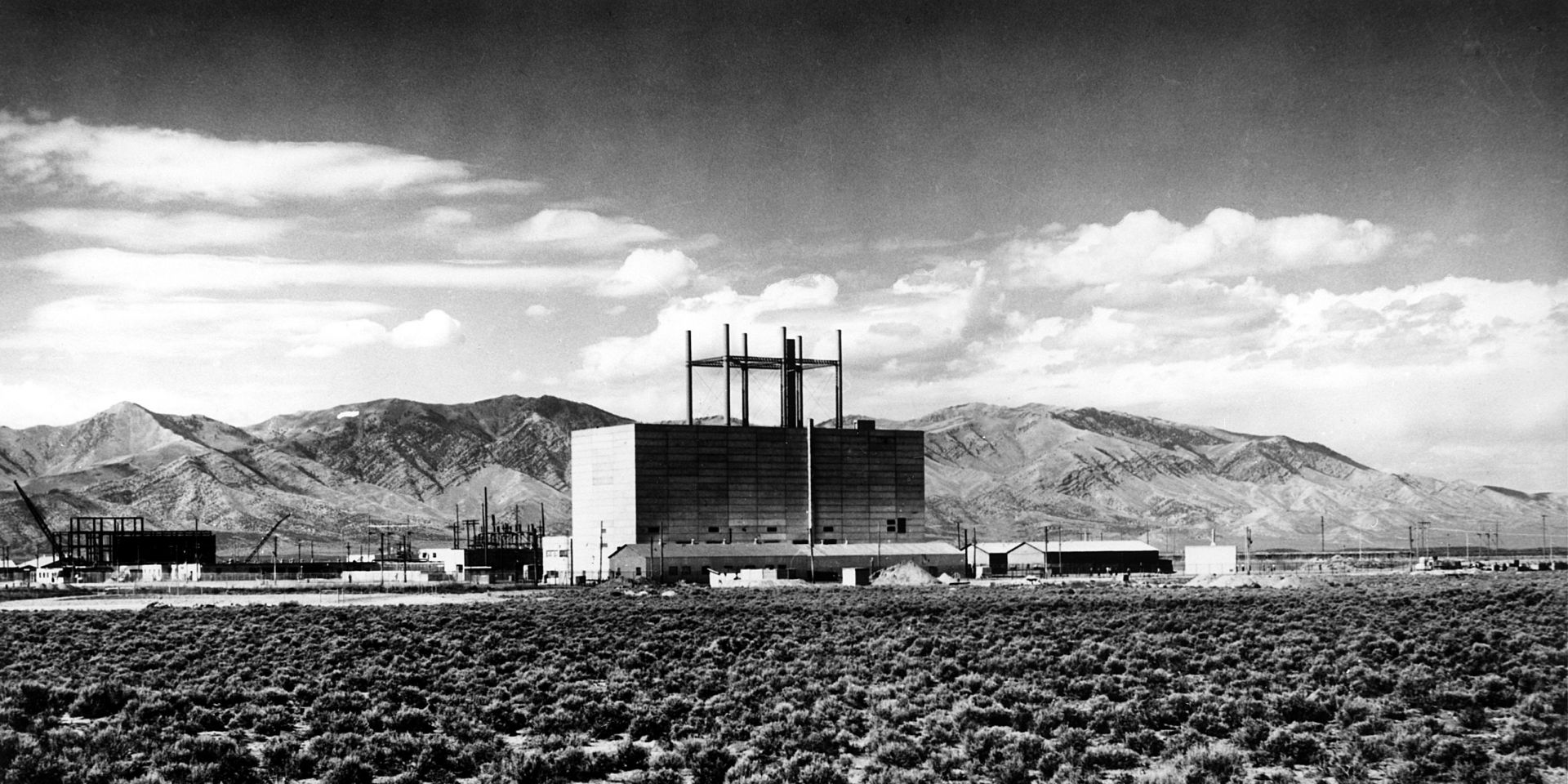 2x1.jpg)
